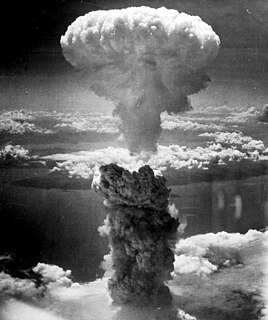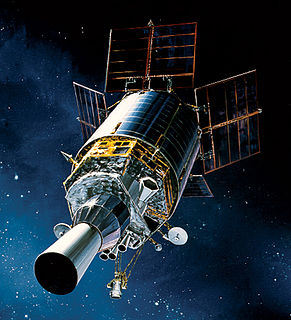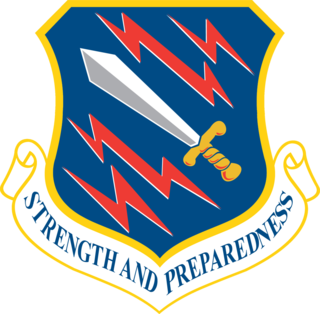
Air Force Space Command (AFSPC) is a major command of the United States Air Force, with its headquarters at Peterson Air Force Base, Colorado. AFSPC supports U.S. military operations worldwide through the use of many different types of space operations. Operationally, AFSPC is an Air Force major command subordinate to U.S. Strategic Command (USSTRATCOM), a unified combatant command. As of 2019 it is the primary space force for the U.S. Armed Forces.

Schriever Air Force Base is a base of the United States Air Force located approximately 10 miles east of Peterson AFB near Colorado Springs in El Paso County, Colorado, United States.
The United States Air Force's 614th Space Intelligence Squadron was a unit located at Vandenberg AFB, California. It was inactivated on 18 June 2007 when the 614th Space Operations Group was redesignated the 614 Air and Space Operations Center.

The Space and Missile Systems Center (SMC) is a part of Air Force Space Command of the United States Air Force, located at Los Angeles Air Force Base in El Segundo, Los Angeles County, California. SMC is the Air Force’s product center for the development and acquisition of space and missile systems.

The 30th Space Wing is an air force wing forming a subordinate unit of the Fourteenth Air Force of the Air Force Space Command of the United States Air Force. The 30th Space Wing is based at Vandenberg Air Force Base, California.

The 16th Space Control Squadron is an active United States Air Force unit, stationed at Peterson Air Force Base, Colorado as part of the 21st Operations Group. The squadron protects critical satellite communication links to detect, characterize, geolocate and report sources of electromagnetic interference on US military and commercial satellites. The squadron also provides combat-ready crews to deploy and employ defensive space control capabilities for theater combatant commanders. The squadron is Air Force Space Command's first defensive counterspace unit.
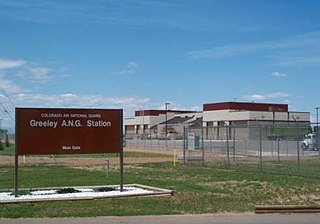
The 233rd Space Group is a unit of the Colorado Air National Guard located at Greeley Air National Guard Station, Greeley. The 233rd Space Group provides immediate, worldwide missile warning, space launch and detection in the event of an attack against the United States. If activated to federal service, the Wing is gained by the United States Air Force Space Command.

The 6th Space Warning Squadron is located at Cape Cod Air Force Station, in Sandwich, Massachusetts. It operates the PAVE PAWS radar to watch for submarine launched and intercontinental ballistic missiles launched toward North America. The squadron is assigned to the 21st Space Wing, Peterson Air Force Base, Colorado. The squadron was first organized in October 1979 as the 6th Missile Warning Squadron

The 11th Space Warning Squadron is a United States Air Force missile warning squadron, located at Buckley Air Force Base, Colorado.

The 7th Space Warning Squadron guards the U.S. West Coast against sea-launched ballistic missiles from the eastern outskirts of Beale Air Force Base approximately 8 miles (13 km) east of Marysville, California. The 7th SWS is a geographically separated unit of the 21st Space Wing, Peterson Air Force Base, Colorado Springs, Colorado.

The 12th Space Warning Squadron is a United States Air Force ground-based radar used for missile warning, missile defense and space situation awareness, stationed at Thule Air Base, Greenland.

The United States Air Force's 8th Space Warning Squadron is an Air Force Reserve missile warning unit located at Buckley Air Force Base, Colorado. The 8th works alongside its active duty counterpart, the 2d Space Warning Squadron, on the Defense Support Program and Space-Based Infrared System programs.

The 19th Space Operations Squadron is an Air Force Reserve space operations unit, located at Schriever Air Force Base, Colorado.

The 30th Operations Group is an operational component of the United States Air Force 30th Space Wing, stationed at Vandenberg Air Force Base, California.
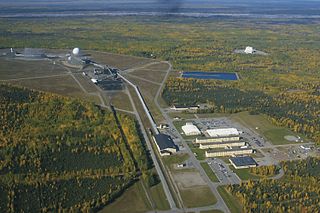
The 213th Space Warning Squadron of the Alaska Air National Guard provides early warning of Intercontinental ballistic missiles and Submarine-launched ballistic missiles to the Missile Correlation Center of North American Aerospace Defense Command. The squadron is a geographically separated unit assigned to the 168th Wing at Eielson Air Force Base.

The 71st Flying Training Wing is a United States Air Force unit assigned to Air Education and Training Command. It is stationed at Vance Air Force Base, Oklahoma where has conducted pilot training for the Air Force and allied nations since 1972. It also is the host unit for Vance.






